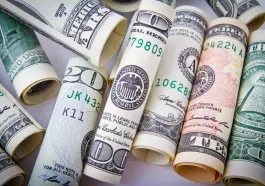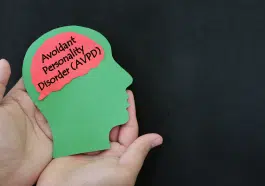Berlin, Germany LGBTQ+ Facts
Berlin is one of the most open, accepting, and tolerant cities worldwide. This city is renowned for its vibrant LGBTQ+ scene.
In Berlin, you can find various gay bars, gay clubs, and parties. There is also a queer cinema programme, an LGBTQ+ museum, and many queer events.
Every summer, Pride Week takes place and features many activities and events. One of the best highlights is the annual CSD Berlin, where the streets in Berlin are home to demonstrations for equal rights and celebrations for the community.
Mental Health in Berlin, Germany
In Germany, one in four children in Germany experience some form of mental illness, as reported in a new study of patient data from the German health insurance company DAK.
The data showed that 24% of children have adverse impacts regarding their psychological well-being. For example, just under 2% of youth between 10 and 17 are diagnosed with depression and 2.2% with an anxiety disorder. DAK also reported that Germany’s total population of youth ages 10 to 17 (238,000 children) lives with these mental health conditions.
At LGBTQ and ALL, we have compiled a list of all the most qualified psychologists for kids in the Berlin area. So, be sure to check out our list to get in touch with a mental health care provider in your area.
Top Features
Berlin is the capital of Germany, with a history dating back to the 13th century. The city is known for its tumultuous 20th-century history and commemorates it with the Holocaust memorial and the graffiti remaining on the Berlin Wall. In addition, another famous site is the 18th-century Brandenburg Gate, which has become a symbol for reunification. The city is also has a notable art scene and modern landmarks like the Berliner Philharmonie.
Facts
- Berlin is nine times larger in size than Paris.
- You can find the most extended open-air gallery in the world in Berlin.
- Berlin’s East Side Gallery is 1,316 meters long and features over 100 murals from artists all over the globe.
- Berlin has more museums than rainy days. For example, there are 180 museums in this city and an average of 106 rainy days.
- The most visited Zoo in Europe is in Berlin, the Berlin Zoo. This zoo is home to 20,000 animals and 1,300 different species on 82 acres.
- About 950 Döner spits are eaten every day in Berlin.
History/Data
The history of Berlin is extensive but is known for beginning in the 13th century, when the city was founded. In 1417, it became the capital of the Margraviate of Brandenburg, then the Brandenburg-Prussia, and the Kingdom of Prussia. Prussia expanded quickly in the 18th and 19th centuries, creating the basis of the German Empire. This empire survived until 1918, when it was defeated in World War I.
After 1900, Berlin became a renowned world city, playing a significant part in leadership roles in science, the humanities, higher education, music, museums, government, diplomacy, and military. It also was a significant player in the manufacturing and finance industries.
During the Second World War, bombing, artillery, and ferocious street-by-street fighting demolished significant parts of Berlin. This city was also divided between the four major Allied powers. Then, over four decades, Berlin was involved in the Cold War confrontation between West and East.
One of the most notable pieces of history in Berlin was the Berlin Wall. From 1961 to 1989, The Berlin Wall (Berliner Mauer in German) was a guarded concrete barrier that physically and ideologically divided the city. The Berlin Wall cut off West Berlin from East Germany, including East Berlin.
In 1990, there was reunification with Germany, and once again, Berlin became the capital and a major world city.
In 2019, the population of Berlin was 3.645 million people.






